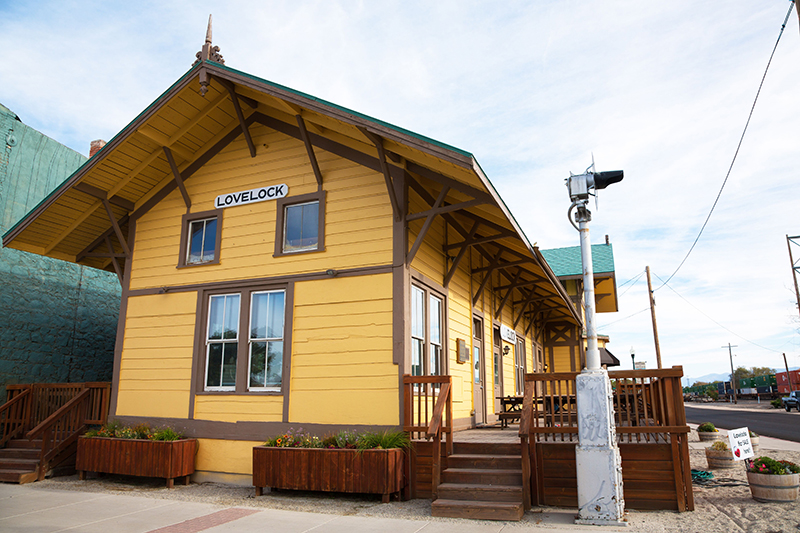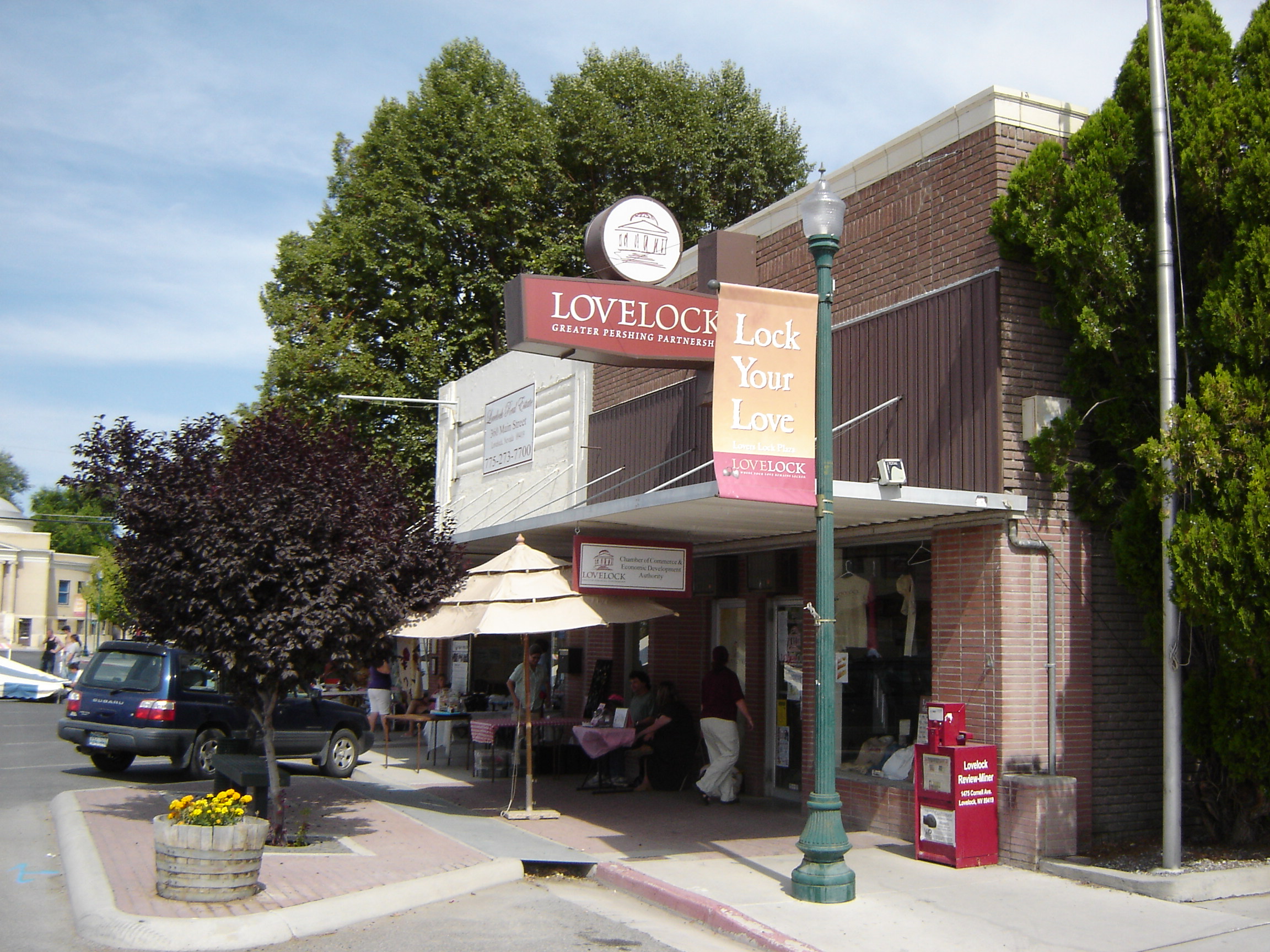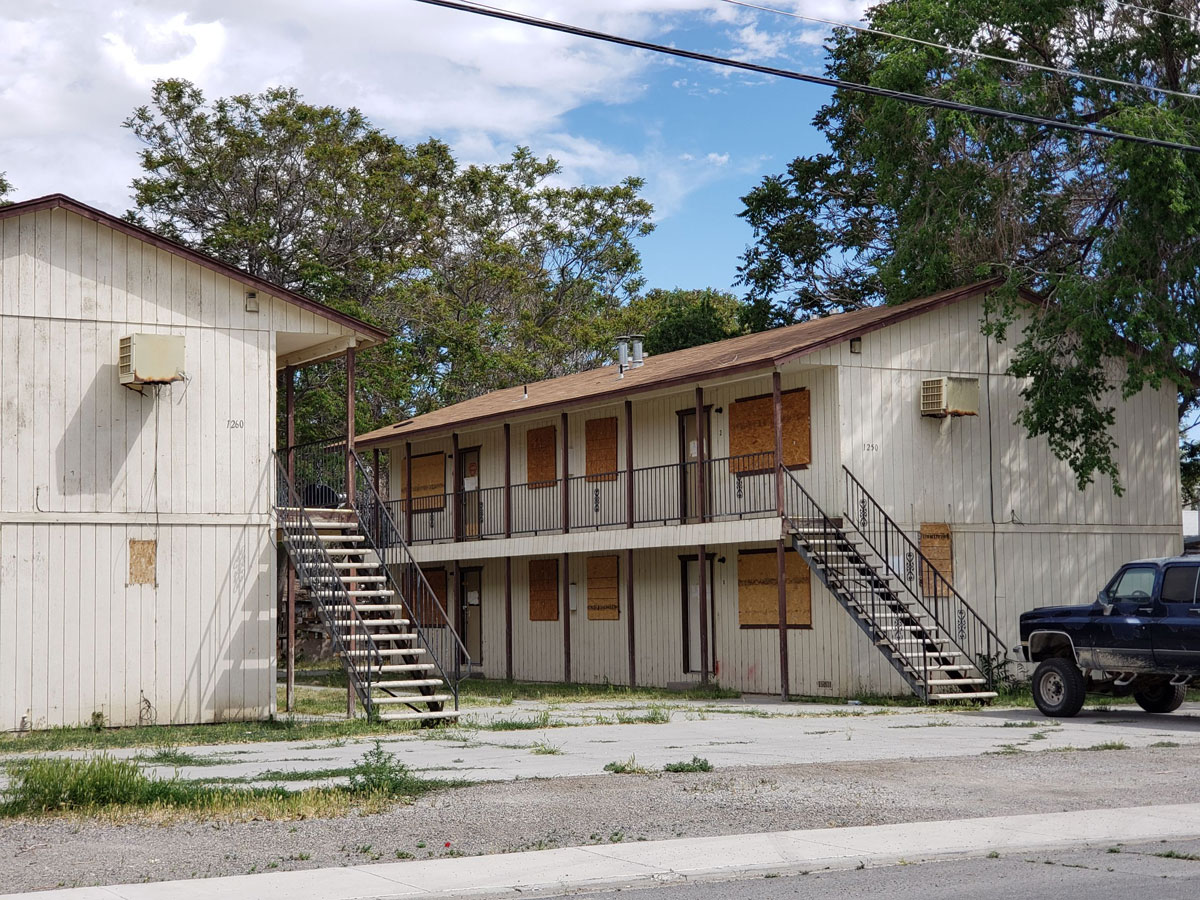Downtown Lovelock Virtual Tour
Public Input & Assessment
Thanks to all who participated in the Lovelock Virtual Visioning Walking Tour.
Part of the Public Input element of the Lovelock/Pershing Brownfields Initiative, the goal of the walking tour was to give the community opportunities to find the best path toward healthier places to live, work and play; along with jobs and new economic opportunities.
The virtual video tour focused on key parcels on Cornell Ave., Main Street and the 11th Street block, including the burn site. The questions included these topics:
- What Do You Value in the Downtown Core?
- What Historical Elements Should Be Retained?
- What elements are needed in the Downtown Core to become a business and visitors’ destination?
- What are the Building Blocks for a Downtown Vision?
There were nearly 90 responses to the Virtual Visioning Tour received between July 2 and Aug, 30 2020.
From the responses, it was obvious that the community is passionate about downtown Lovelock, eager to see changes, and motivated to participate in the planning process.
The responses revealed that there were universal elements sought for the downtown Lovelock core:
- Things to Do/Entertainment
- Retaining historical values (Courthouse/Depot connection)
- Create Cultural and Event Spaces
- Appearance (vacant bldgs. facades, cleanliness, burn site)
- Appeal to younger generation
- Retail/Restaurants
- Mixed use residential
All of these universal themes and elements were also tied into respondents’ desire to make the core area a place for tourist/visitors to “Get of I-80 and stay awhile.”
Many respondents also suggested expanding the Lock Your Love Campaign into the redevelopment and the ultimate branding of the downtown core redevelopment.
A majority of the respondents felt that the site parcels would be best developed on a larger, unified scale. The Depot and the Bank Building were also seen as potential community spaces with The Depot needing a more defined role in its purpose, but a key element to the historic elements of the city.
Many responses indicate that cleaning up the burn site is the first step toward any form of redevelopment and reuse.
Next steps in this aspect of the public outreach will be stakeholder meetings to share the results with the community, expand your input in a meaningful way and contribute to reuse planning and execution and prioritize those suggested actions.



